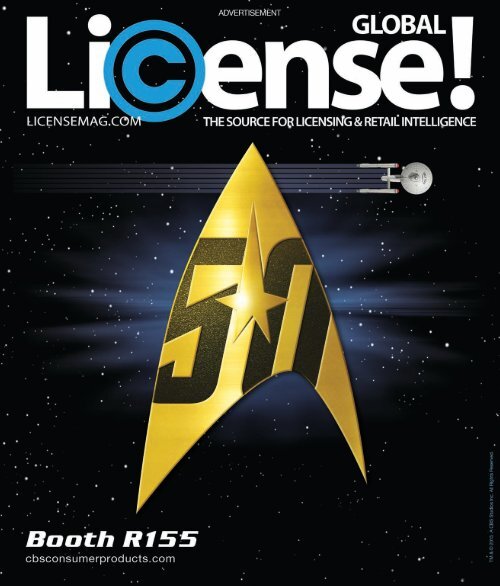

(Kemosabe casino & trading post) 11 of 11 found this interesting Interesting? Valdosta, Georgia, USA 15 of 16 found this interesting Interesting? One Park Place B5, Atlanta, Georgia, USA (Rule #2 Double Tap) 7 of 7 found. RV parks near Colusa, CA like Oroville/Feather Falls Casino KOA, The Parkway RV Resort, and Lovey’s Landing offer a full list of features and amenities that make for a great family vacation. Whether you own or rent your RV, Colusa is a great place to stop during a scenic drive around California. (Kemosabe casino & trading post) 11 of 11 found this interesting Interesting? Valdosta, Georgia, USA 15 of 16 found this interesting Interesting? One Park Place B5, Atlanta, Georgia, USA (Rule #2 Double Tap) 7 of 7.
Ke-mo sah-bee (/ˌkiːmoʊˈsɑːbiː/; often spelled kemo sabe, kemosabe or kimosabe) is the term of endearment used by the fictional Native American sidekick Tonto in the American television and radio programs The Lone Ranger. It has become a common catchphrase.
Ultimately derived from gimoozaabi, an Ojibwe and Potawatomi word that may mean 'he/she looks out in secret',[1] it is sometimes translated as 'trusty scout' or 'faithful friend'.[2]
In the 2013 film The Lone Ranger, Tonto states that it means 'wrong brother' in Comanche, a seemingly tongue-in-cheek translation within the context of the plot.
Spelling[edit]
Fran Striker, writer of the original Lone Ranger radio program, spelled the word 'ke-mo sah-bee'.
Meaning and origin[edit]

Jim Jewell, director of The Lone Ranger from 1933 to 1939, took the phrase from Kamp Kee-Mo Sah-Bee, a boys' camp on Mullett Lake in Michigan, established by Charles W. Yeager (Jewell's father-in-law) in 1916.[3] Yeager himself probably took the term from Ernest Thompson Seton, one of the founders of the Boy Scouts of America, who had given the meaning 'scout runner' to Kee-mo-sah'-bee in his 1912 book 'The Book of Woodcraft and Indian Lore'.[4]
Kamp Kee-Mo Sah-Bee was in an area inhabited by the Ottawa, who speak a language which is mutually comprehensible with Ojibwe. John D. Nichols and Earl Nyholm's A Concise Dictionary of Minnesota Ojibwe defines the Ojibwe word giimoozaabi as 'he peeks' (and, in theory, 'he who peeks'), making use of the prefix giimoo(j)-, 'secretly'; Rob Malouf, now an associate professor of linguistics at San Diego State University, suggested that 'giimoozaabi' may indeed have also meant scout (i.e., 'one who sneaks').[5]
There have been jokes about the name 'kemo sabe'. A Far Side cartoon had the then long-retired Lone Ranger discover that the name meant the rear end of a horse. Homer and Jethro's parody of the Stonewall Jackson song 'Waterloo' had the following verse: 'The Lone Ranger and Tonto rode the trail / catching outlaws and putting them in jail/ But the Ranger shot old Tonto 'cause it seems / he found out what Kemo Sabe means/ (Waterloo refrain follows) The Lone Ranger he did trust / That old Tonto bit the dust.'
Use in the television series[edit]
- In the old Lone Ranger TV series, the Ranger's faithful friend and partner Tonto, played by First Nations actor Jay Silverheels for the entire run of the series, was asked in many scenes what 'Kemosabe' meant. His reply was invariably, 'It mean Trusty Scout!'. The made-for-TV movie Enter the Lone Ranger (1949) combined the plots of the first three episodes of the Lone Ranger TV series: 'Enter the Lone Ranger', 'The Lone Ranger Fights On', and 'The Lone Ranger Triumphs' into a complete story.
- In both, Tonto finds the forever nameless younger brother of a famous Texas Ranger 'Capt. Reid' barely alive. A medallion around the young man's neck helps identify him as the same boy who'd saved Tonto after a renegade attack had wiped out his own family some years earlier. Tonto declares the young man, played by Clayton Moore, worthy of brotherhood and, after a 'traditional' blood-sharing ceremony gives him the name 'Kemosabe' or 'Trusty Scout'.
- In the TV series The Sopranos, the 'Kemosabe' is referred to in Season 1, Episode 2, Interestingly enough, it was also referred to on Mindhunter, Season 1, Episode 2.
Kemosabe Definition
Other uses[edit]
Kemosabe Store
- Khemosabi (1967–2001), a champion Arabian horse. His owners popularized his show career with a series of Lone Ranger themed cartoons.
- Kimosabe, a 1999 album by Kim Mitchell.
- Kemosabe Records, American record label created in 2011 and owned by Sony.
- Kemosabe, a 2013 song by the British indie pop band Everything Everything.
- Featured in lyrics of 'Apache (Jump On It),' a 1981 song by The Sugarhill Gang [6] which is itself based on the 1960 instrumental Apache.
- Featured in the lyrics of the 1960 song Mr. Custer performed by Larry Verne.
- Featured in the SNL digital short “Laser Cats” (ep. 1-7) as a nickname used by Admiral Spaceship and Nitro (eventually promoted to General Nitro).
References[edit]
- ^Rhodes, Richard (1993). Eastern Ojibwa=Chippewa-Ottawa Dictionary. New York: Mouton DeGruyter. p. Back cover. ISBN3-11-013749-6.
- ^Striker, Jr., Fran. 'What Does 'Kemo Sabe' Really Mean ?'. Old Time Radio. Retrieved November 12, 2008.CS1 maint: multiple names: authors list (link)
- ^'The Handbook of Private Schools'. 1916.Cite journal requires
|journal=(help) - ^Seton, Ernest Thompson (1912). 'The Book of Woodcraft and Indian Lore'.Cite journal requires
|journal=(help) - ^Adams, Cecil (July 18, 1997). 'In the old Lone Ranger series, what did 'kemosabe' mean?'. The Straight Dope. Retrieved 2011-11-28.
- ^https://www.youtube.com/watch?v=YKhi9ITkRgA
Further reading[edit]
- Jay Silverheels biography: TONTO: The Man in Front of the Mask